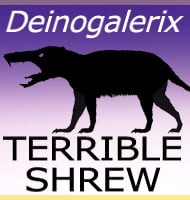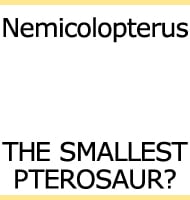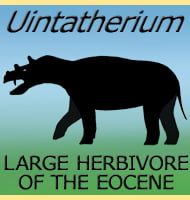In Depth
Further Reading
- On the remains of Dinornis, an extinct gigantic struthious bird - Richard Owen - 1843. - Extreme reversed sexual size dimorphism in the extinct New Zealand moa Dinornis - Michael Bruce, Trevor H. Worthy, Tom Ford, Will Hoppitt, Eske Willerslev, Alexei Drummond & Alan Cooper - 2003. - Nuclear DNA sequences detect species limits in ancient moa - L. Huynen, C. D. Millar, R. P. Scofield & D. M. Lambert - 2003. - Reconstructing the tempo and mode of evolution in an extinct clade of birds with ancient DNA: The giant moas of New Zealand - Allan J. Baker, Leon J. Huynen, Oliver Haddrath, Craig D. Millar & David M. Lambert - 2005.









